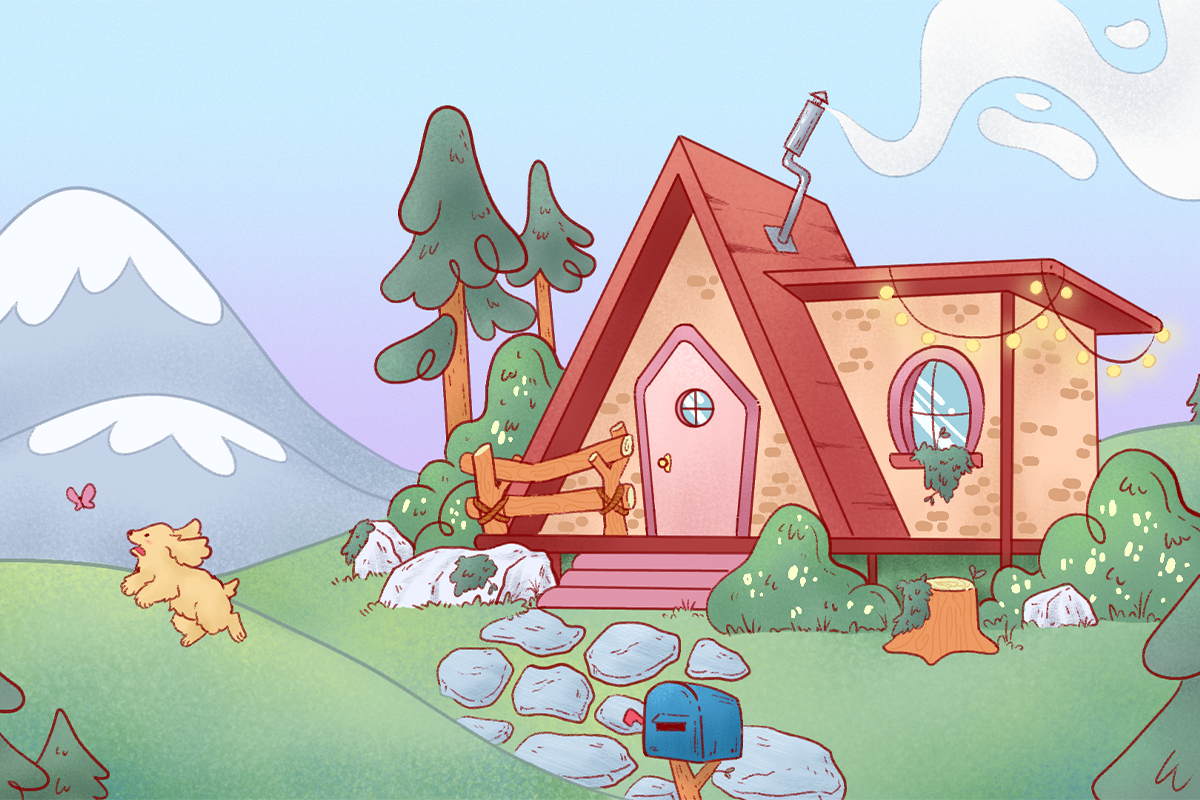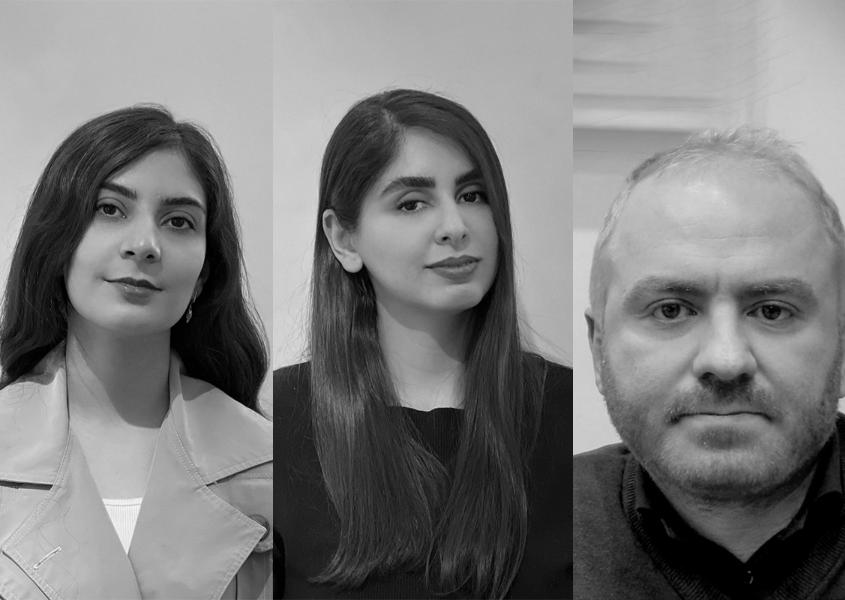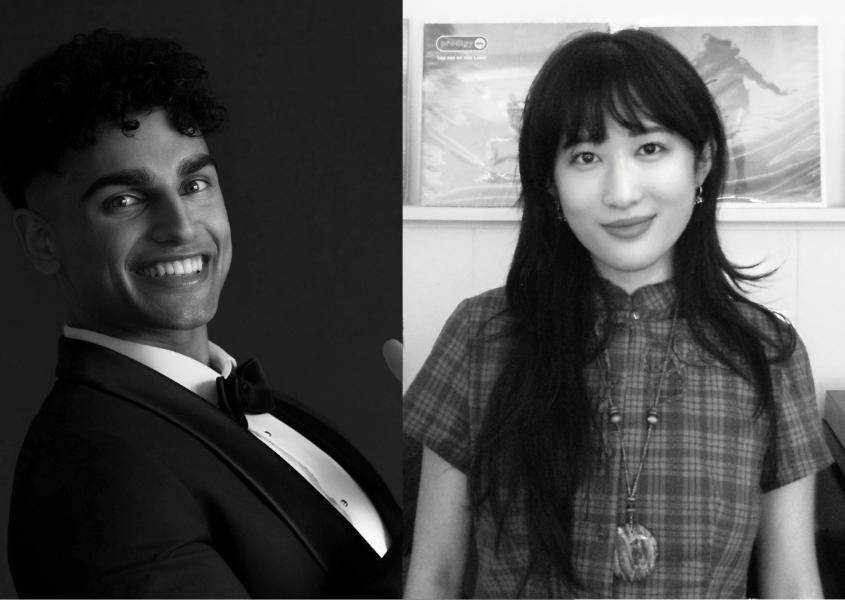An Interview With Third Winner Of Tiny House 2024 Architecture Competition - Stephen Centorrino and Owen Axisa
Winners Interviews
14 Oct 2025
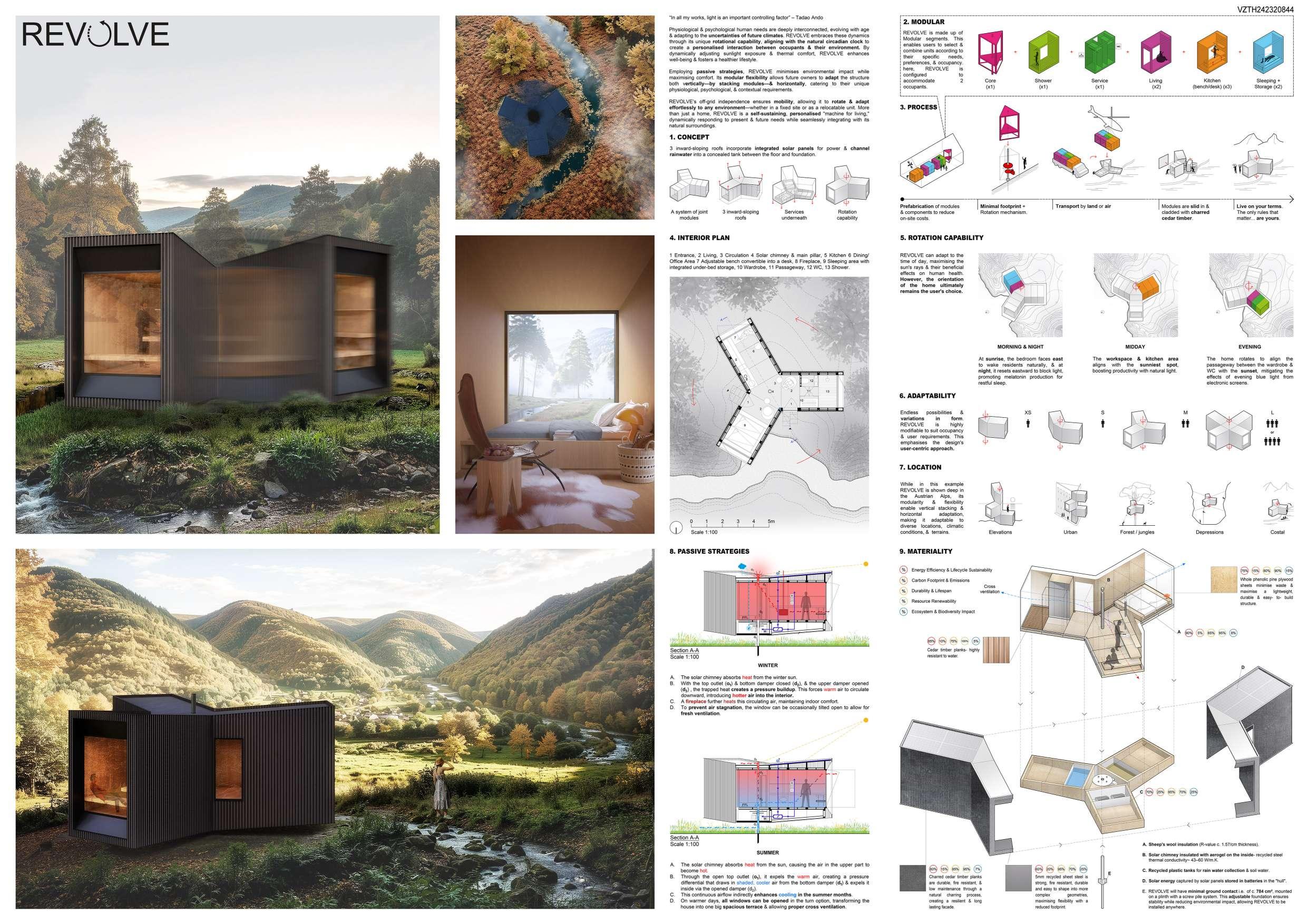
We would like to take this opportunity to introduce you with "Stephen Centorrino and Owen Axisa", from Malta - Third Winner of Tiny House 2024 Architecture Competition. "Stephen Centorrino and Owen Axisa", a Malta-based architect and designer duo.
They believe that architecture has the power to transform, provoke, and inspire.
Come and take a look at what the Third Winner of Tiny House 2024 Architecture Competition - "Stephen Centorrino and Owen Axisa" with their proposal "Revolve" have to say about their experience and journey throughout the competition. For the purpose of this interview they would be referred as SO to responses, however Volume Zero referred as VZ.
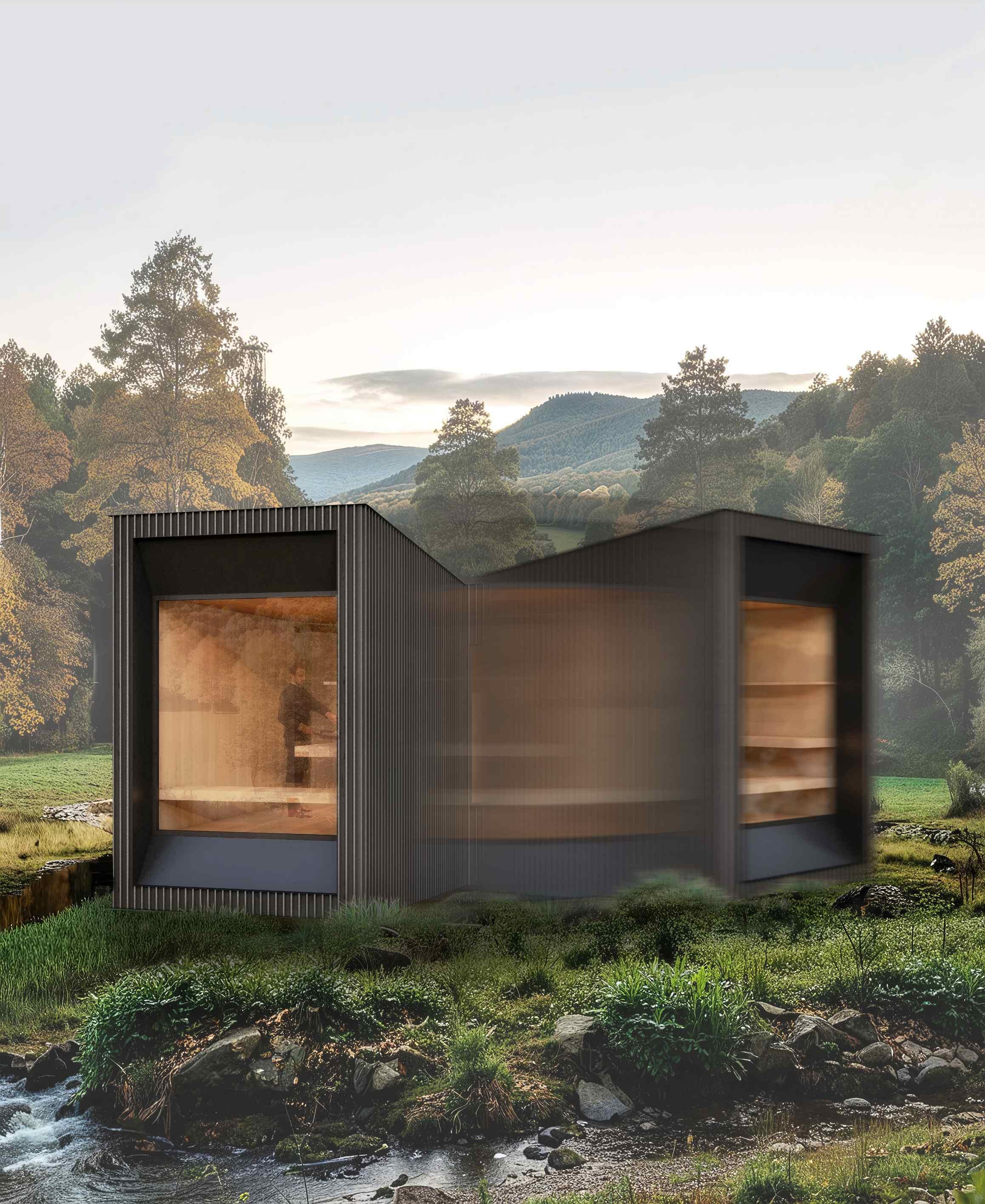
VZ- How would you introduce yourself / Team /Firm?
SO- We are Stephen and Owen, a Malta-based architect and designer duo. Our work is grounded in a shared belief that architecture has the power to transform, provoke, and inspire.
VZ- Give us brief information of your previous projects/ works/ research/achievements?
SO- As public servants, the majority of our work engages with the public sector across a range of scales—from micro interventions to larger urban master plans. Each project is treated as a distinct case, approached through its own internal logic and contextual conditions.
We place a strong emphasis on research as a foundation for design. This process allows us to understand the site not just spatially, but through the lens of social, environmental, and cultural values. Our approach often involves identifying and negotiating between existing and proposed values—revealing opportunities for architectural interventions that are both grounded and responsive.
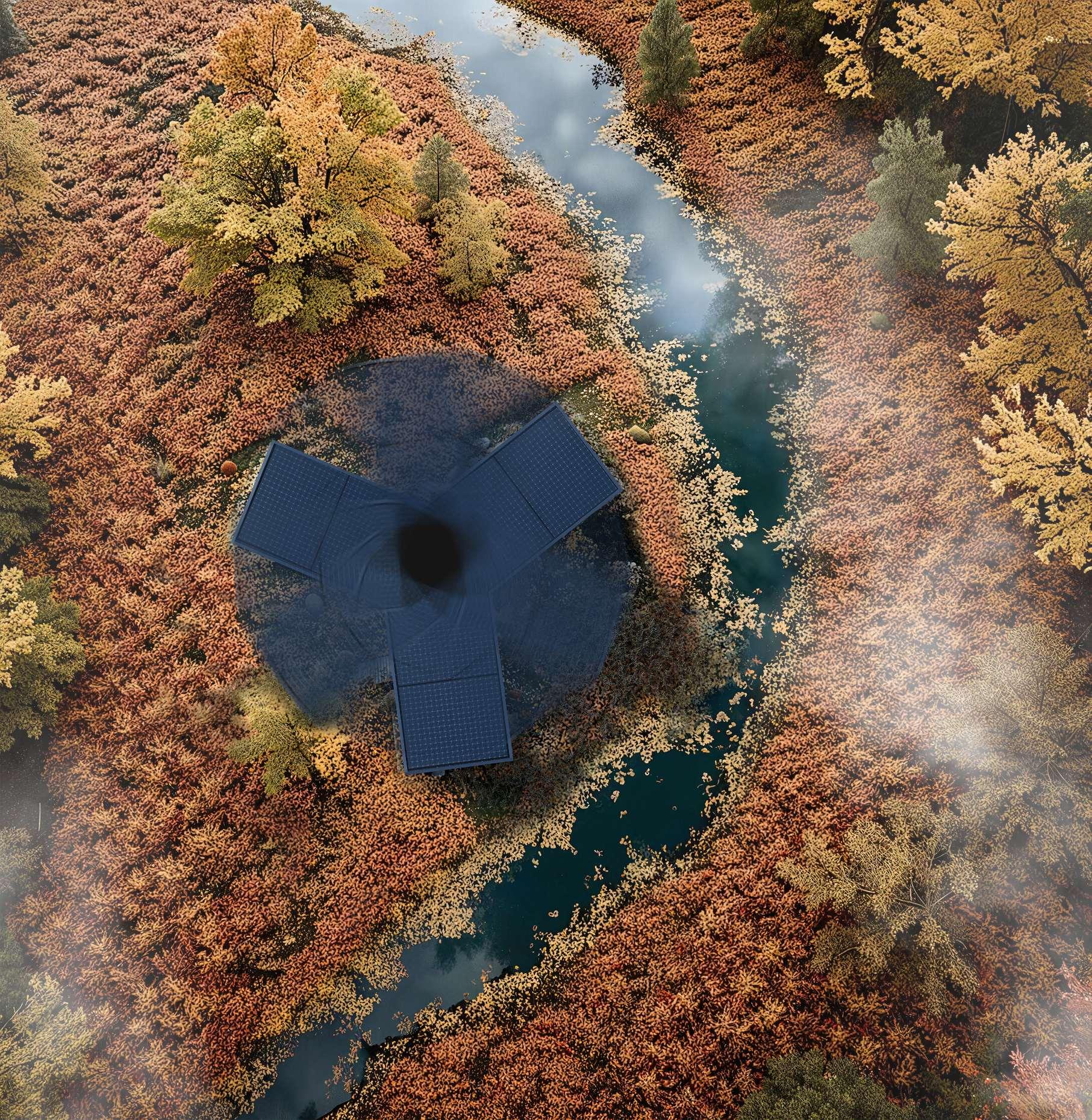
VZ- What advice would you give to individuals who struggle to decide whether it would be beneficial for them to participate in architecture vision competitions?
SO- Take part. Not necessarily to win, but to think deeply. Vision competitions help develop clarity in your ideas and the courage to pursue them fully. Over time, they train your mind to ask the right questions—not only about design, but about your architectural stance.
In practice, your ideas may be overlooked or criticised. People will challenge your philosophy. The important thing is to remain proud and fully convinced of your work. In competitions, you are anonymous—there is no ego, no reputation. That space allows you to present your ideas freely, without fear. It’s in that freedom that you begin to find your voice.
VZ- Can you walk us through your design journey for this competition?
SO- The design began with a question: how can a home respond to time, not just space? We explored rotation as a spatial strategy—allowing the structure to align with sunlight and circadian rhythm throughout the day. This led to a modular Y-configuration, where each arm serves a distinct function. The process moved between sketching, diagramming, and testing proportion through physical and digital models. Passive strategies were integrated early, driving form rather than following it. The result was not a statement piece, but a calibrated system—quiet, adaptable, and driven by rhythm over image.
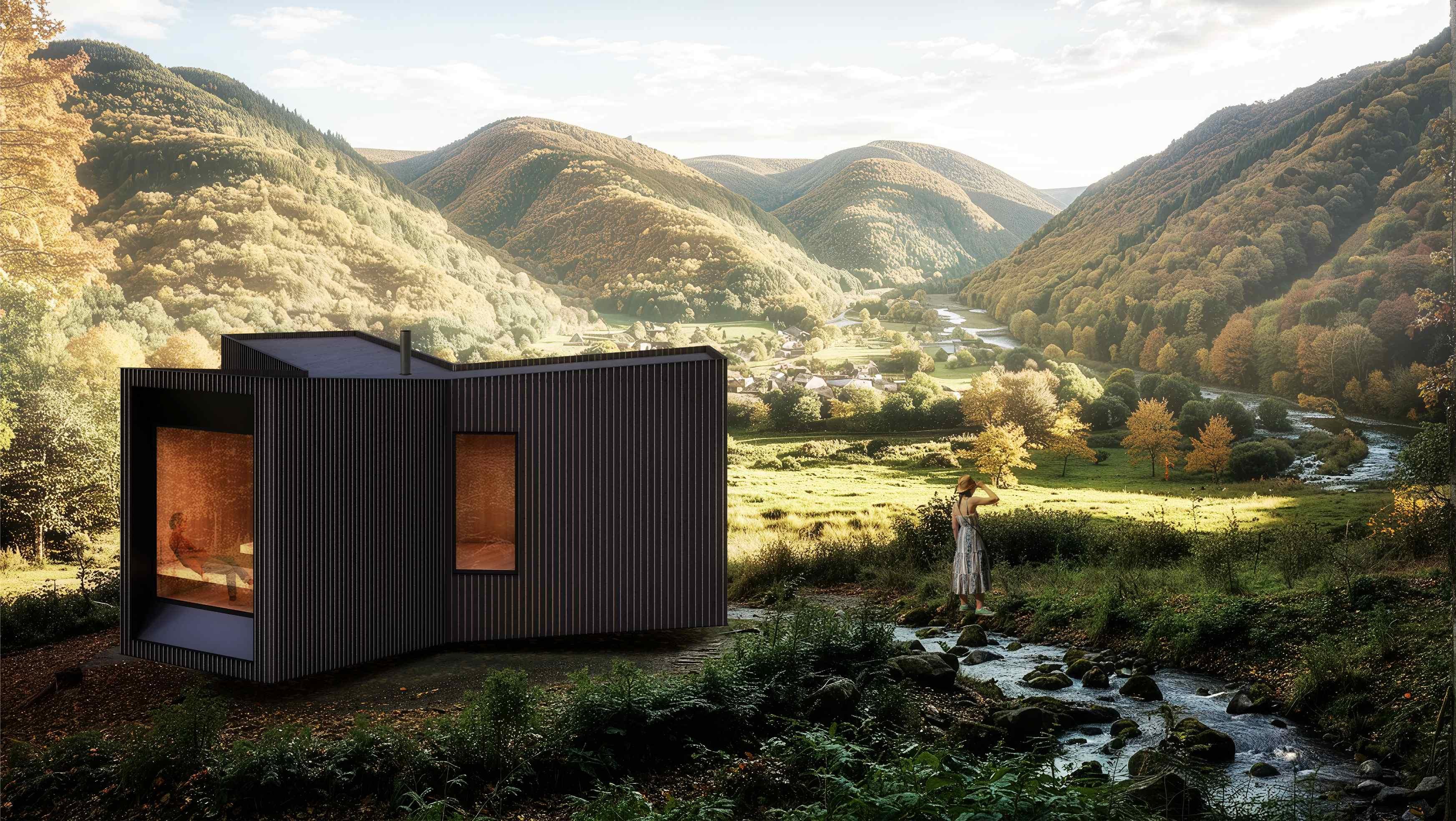
VZ- What were the challenges you faced while designing for such an architectural space?
SO- One of the main challenges was designing a spatial system that remained both conceptually clear and technically grounded. We wanted the form to rotate in response to circadian rhythms—not as a spectacle, but as a quiet mechanism embedded in daily life. This required careful consideration of modularity, balance, and programme distribution.
VZ- What was your thought process while designing for The Tiny House Architecture Competition 2024?
SO- We began by questioning how a tiny house could adapt not just to place, but to time—responding to changing daylight, moods, and rhythms. This led us to explore rotation as a spatial strategy, aligning the home to the sun’s path and the occupant’s circadian cycle. We broke down the programme into modules, each with a distinct function, allowing flexibility in layout and assembly. Instead of focusing on mobility as transport, we treated it as temporal adaptability. Revolve became a home that orients itself to life as it unfolds—quietly dynamic, compact, and in constant dialogue with light and landscape.
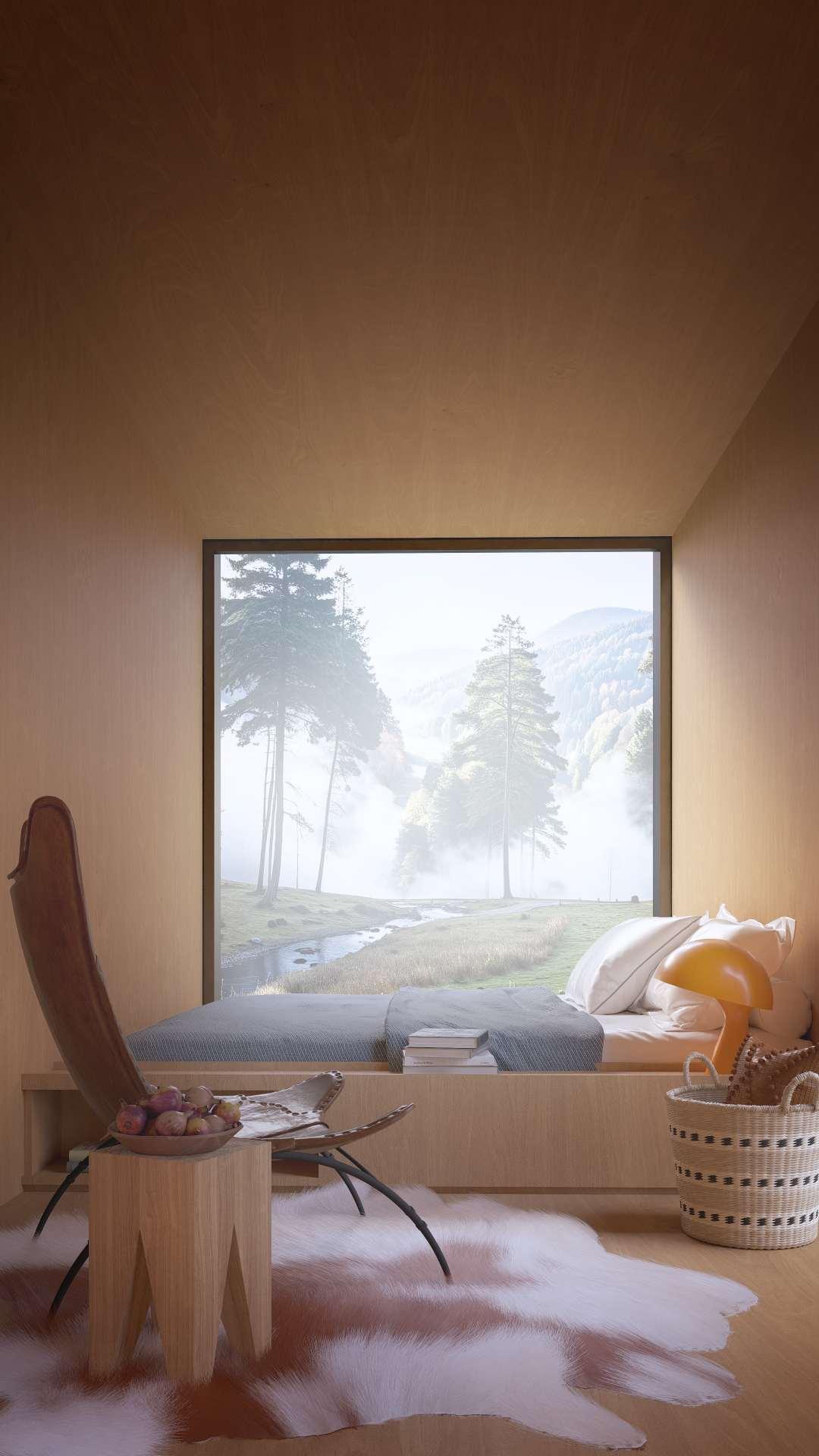
VZ- What attracted you to this competition?
SO- We were drawn to this competition because it embraces architectural essentials—space, light, time—within a compact, challenging format. The brief encouraged deep thinking beyond aesthetics, prompting questions about mobility, scale, temporality, and what it means to feel at home. It was also refreshing to see emphasis placed on adaptability, sustainability, and quality of life—qualities often overlooked in larger-scale projects. As public architects, we’re used to constraints, but this competition allowed for creative freedom within a disciplined framework. It felt like an opportunity to reflect, rethink, and test ideas that could have relevance beyond just the tiny house typology.
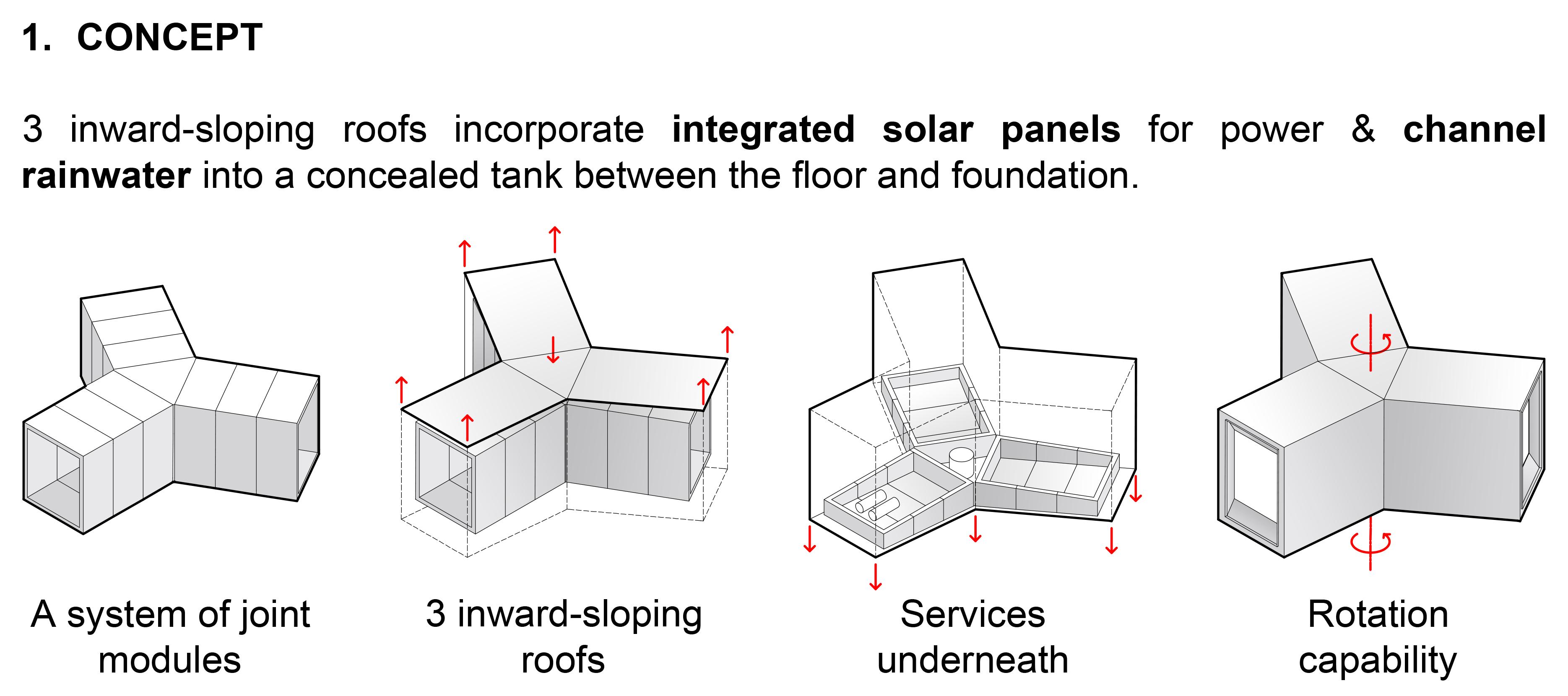
VZ- Where does your interest in design come from?
SO- The interest in design stems from an early sensitivity to space, proportion, and light—long before it was formalised through education or practice. Rather than being driven by aesthetics alone, the focus has consistently been on the relationship between people and their environments: how architecture can influence rhythm, perception, and emotional states. Over time, this developed into a quiet pursuit of clarity and restraint—where material, form, and context are not decorative, but essential. The work continues to explore these themes, seeking a balance between the intuitive and the rational, the physical and the atmospheric.
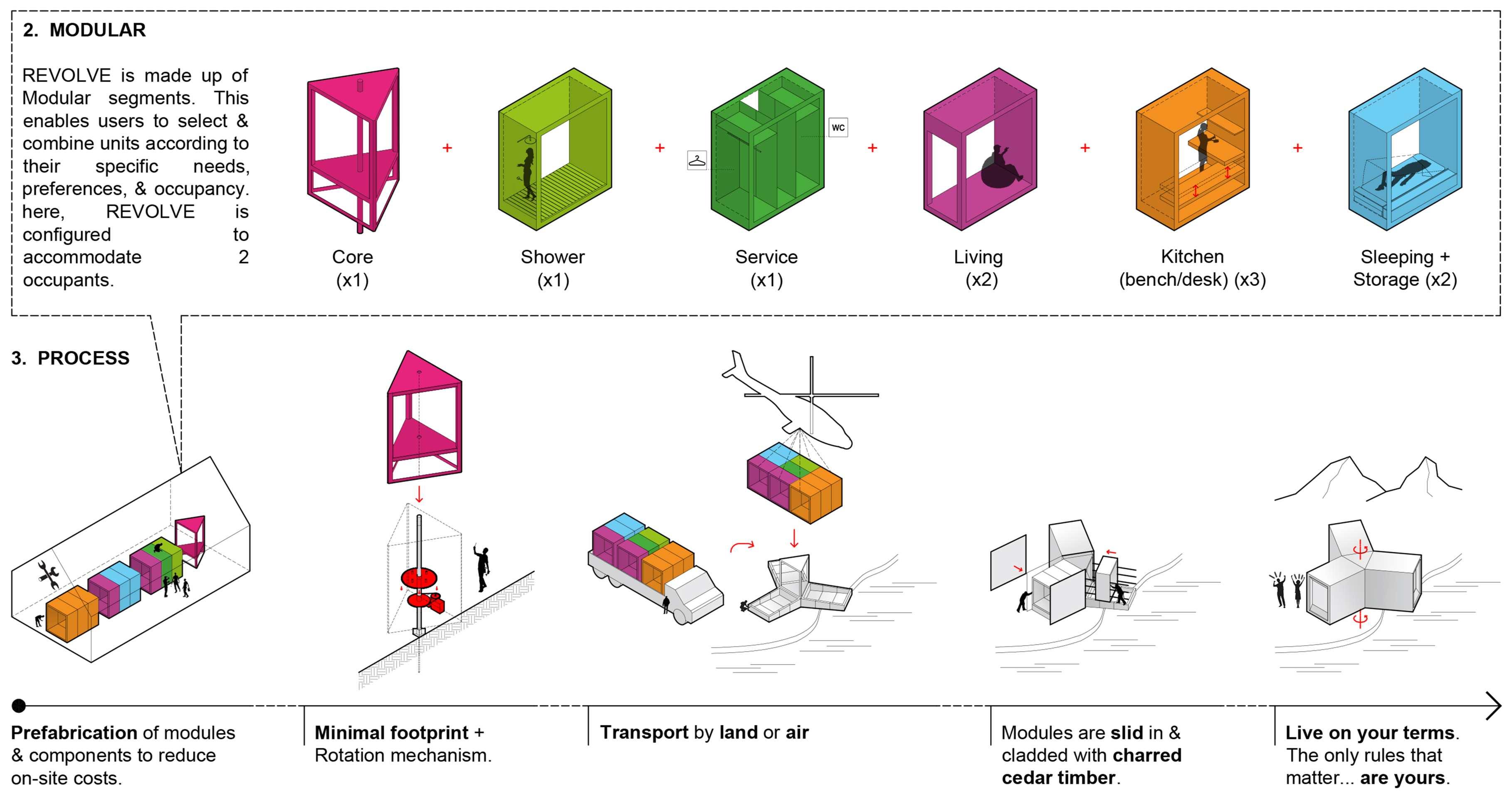
VZ- What design fundamentals do you believe in?
SO- Rather than subscribing to a particular style, our design philosophy centres on the study of form and its relationship with natural light, the interplay between built and unbuilt space, and the importance of proportion and detail. At its core, we believe architecture must engage both the intellect and the emotions of those who inhabit or encounter it.
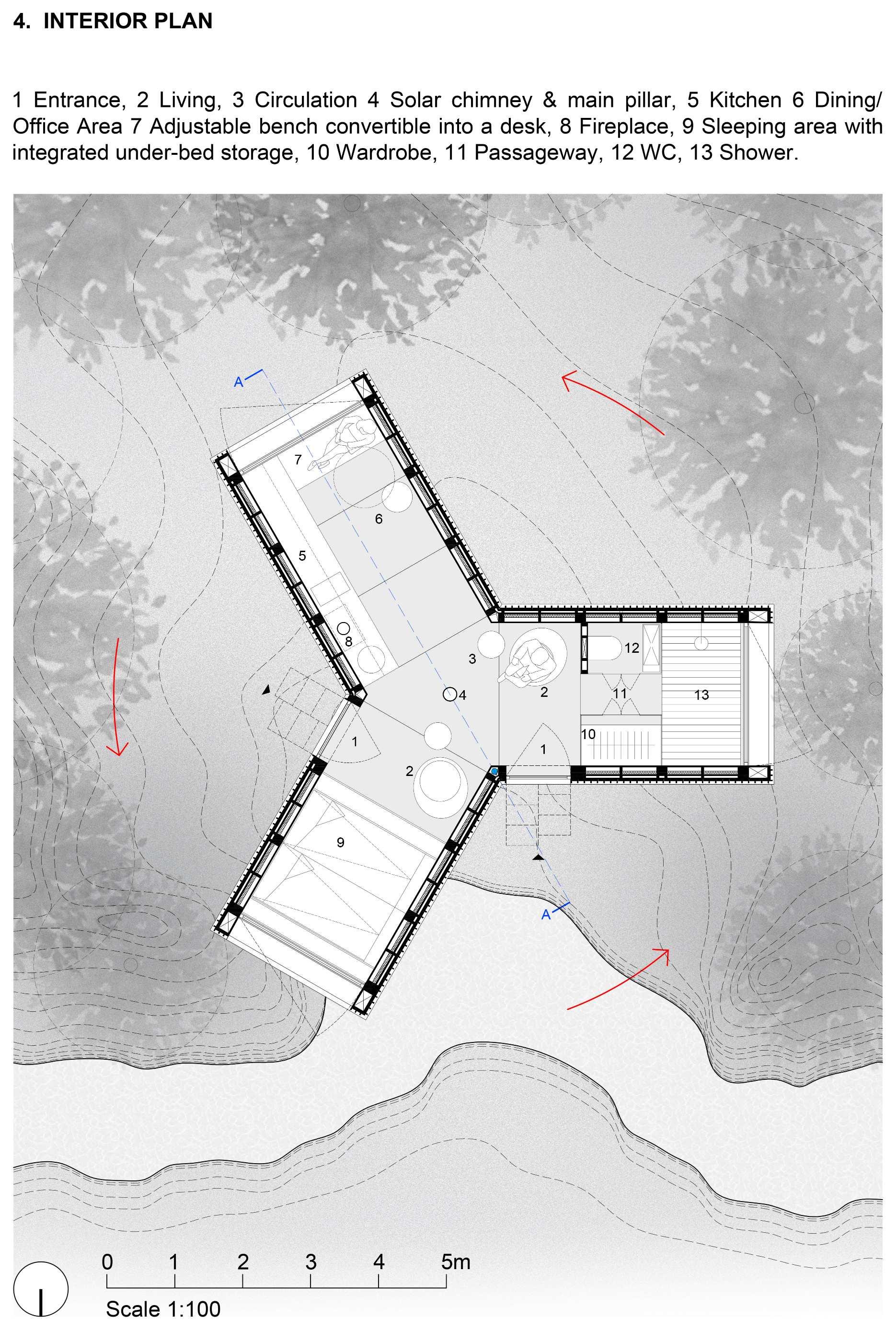
VZ- What were your references/ inspiration?
SO- The references were less visual and more conceptual—rooted in natural cycles, passive environmental systems, and architectural clarity. Inspiration came from observing how light shapes space throughout the day and how circadian rhythms influence wellbeing. Rather than looking to a single project or style, the process drew from typological studies, modular housing precedents, and an interest in rotation as a spatial strategy. There was also a conscious effort to reduce excess and focus on essential qualities—proportion, adaptability, and atmosphere—allowing the architecture to respond to time rather than trends.
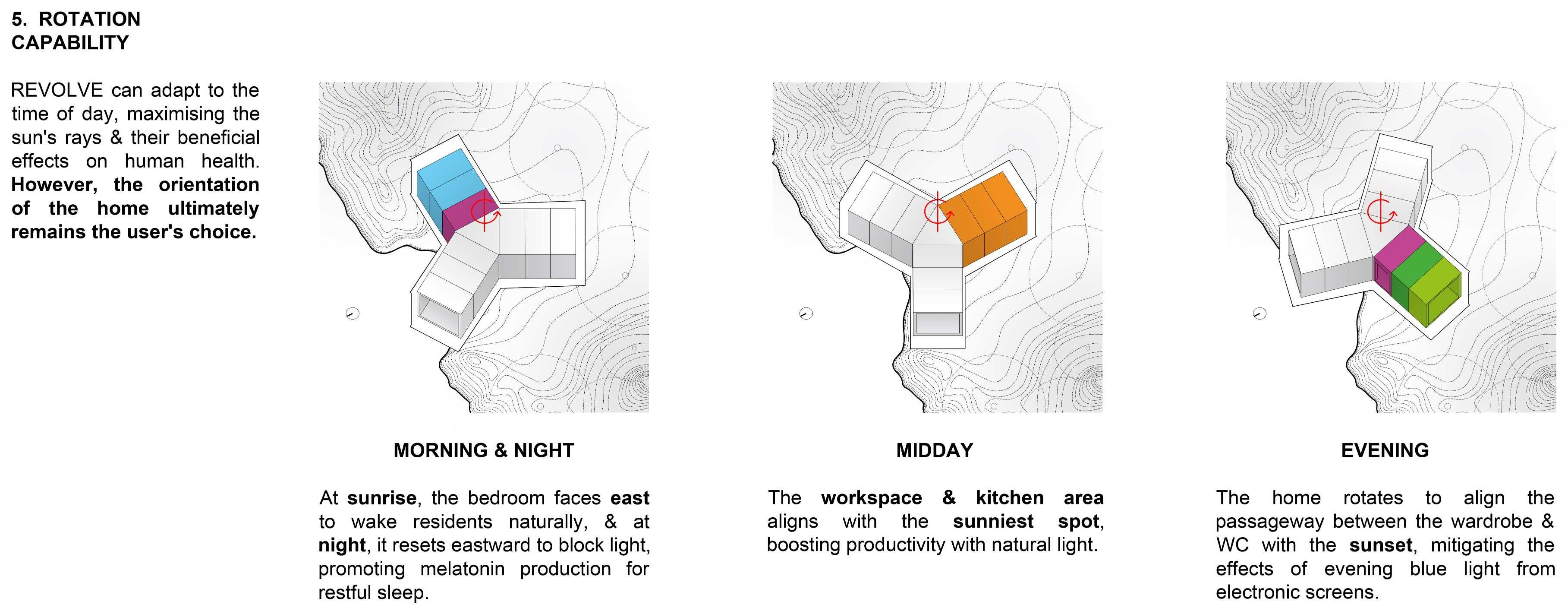
VZ- What according to you is the key to making your design a success?
SO- We believe the key lies in clarity—both intent and execution. Architecture doesn’t have to be complicated. So we think that architecture happens when its innovation is within simplicity: eg. a modular structure that rotates to follow the sun, aligning with human circadian rhythms and environmental responsiveness. Flexibility that stems from a deep respect for light, orientation, and lived experience that could adapt over time, sites, and users without losing its architectural integrity.

VZ- Which tools do you use during design? What is inside your toolbox? Such as software, application, hardware, books, sources of inspiration etc.?.
SO- The design process often begins with sketches—using pen and paper to explore solid and void, rhythm, and spatial logic—before transitioning to digital tools. The toolbox includes software such as AutoCAD, Rhino, and Adobe Suite for precision and presentation.
Research plays a central role, drawing from architectural theory, precedent studies, and lectures or TED Talks by influential architects found online. Physical magazines and books also serve as recurring touchstones, offering moments of reflection and reference throughout the design process.
"Step into the future of design—be part of our new architecture competition and showcase your vision to a global audience."
Upcoming Deadlines
Tiny House 2025
Architecture Competition
Early Bird Deadline - 23 Jan 2026
Standard Registration Deadline - 27 Feb 2026
Submission - 12 Mar 2026


